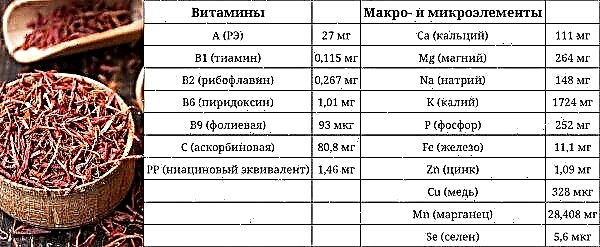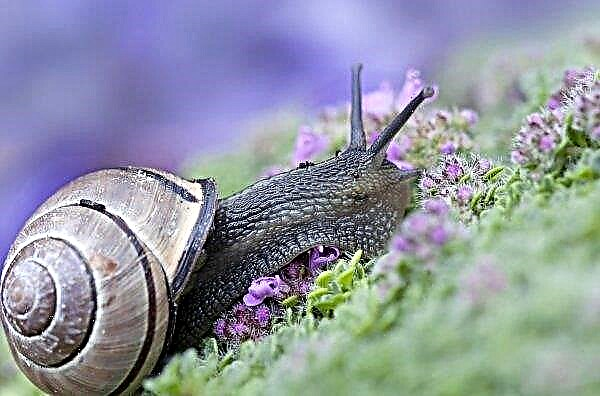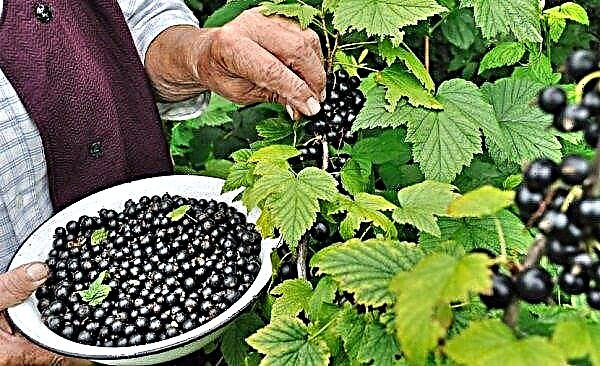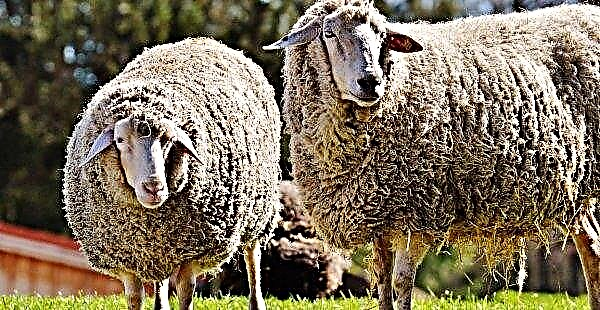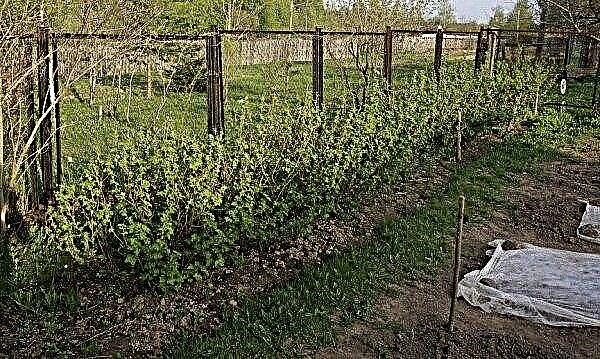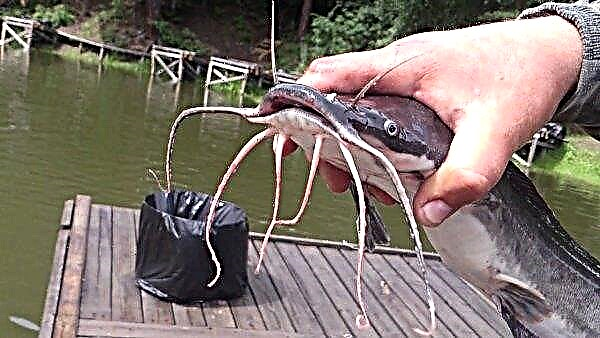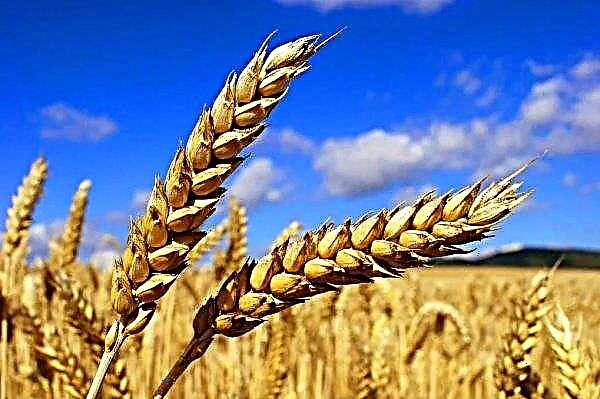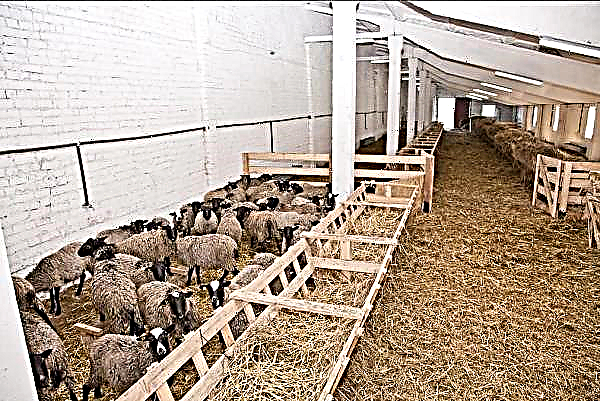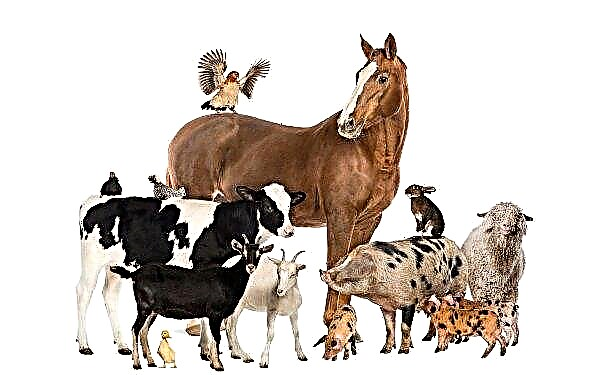A smooth, lush green carpet on the lawn or lawn in the garden requires careful maintenance. One of the main procedures is watering. From this article you will learn the rules and regulations for wetting the lawn, as well as methods and systems for irrigating the soil.
The need for watering
Plants need water from the moment of planting. Without enough moisture, the seed will not break through the protective peel. At all stages of development, grass, flowers, shrubs with the help of water receive nutrients in the soil. Thanks to this, all vital processes in the tissues occur, including the production of chlorophyll. Without the necessary amount of moisture, the roots will not develop, they will not consolidate in the soil.
- Violation of watering immediately affects the appearance and condition of the lawn:
- dry spots appear on the lawn;
- the color of the stems changes, the lawn takes on a bluish tint or darkens;
- foliage folded;
- the lawn looks untidy;
- when pressed, the grass cannot stand up.
Watering Rules
When irrigating a lawn, it is important to do this correctly, i.e., to the desired depth and with a certain time interval. In order for the lawn to be homogeneous with a soft and elastic texture, the lawn grass must build up a ramified root system, so you need to water it to a depth of at least 20 cm.
Did you know? The lawn around the Canberra Government House, Australia, is considered the world's most expensive maintenance. About a hundred employees are monitoring the irrigation and changing the irrigation system depending on the season; such a maintenance costs several hundred thousand Australian dollars.
How many times a day or week to irrigate depends on several factors:
- weather;
- applied system;
- season
- type of relief.

Times of Day
The weather situation may vary depending on the time of day. For example, at noon the sun has the most activity and aggressiveness, so watering the lawn at this time of the day is dangerous for plants. Active evaporation of moisture will leave burns on the foliage, which will affect the development of the culture and appearance.
The best time for irrigation is in the morning. There is no strong heat, moisture is absorbed evenly, without causing harm to the leaves when evaporated from their surface. In the southern regions, especially in dry periods, it is better to water in the evening. But this is contraindicated for the central and northern regions, since at night, moisture does not evaporate so actively. This fact can lead to stagnation of water in the soil, which, in turn, will provoke the development of rot.
Frequency and rate
If you water often, the moisture will stagnate, and this is fraught with fungal diseases. This is especially true for dense and heavy soils. There is a rule for such lands: before planting a lawn, it is necessary to provide drainage. And the irrigation technology should be fractional, i.e. frequent, but in small portions. On too loose soils, abundant watering leads to the fact that moisture quickly seeps out and leaches nutrients. The approximate norm of watering on sandstones is 10–20 l / m², on clay soils - 20–40 l / m² per reception.
Important! The individual rate for your lawn is calculated by the method of samples. After moisturizing, check the depth of wetting of the soil, if it is less than 15 cm, then there is not enough water.
Temperature and water quality
Water quality certainly plays a role. Chlorinated tap water for plants is fatal, therefore it is advisable to use settled water, and equip ready-made automatic water systems with a filter.
The temperature of the liquid should not be lower than + 10 ° C, in the aforementioned system it manages to warm up in the pipes. And with a manual version of irrigation, it is better to let it stand. The combination of too cold water with well-heated soil can cause temperature shock at the root system.
In different seasons
Immediately after sowing, watering is needed plentiful, so that the swollen outer husk of the seeds bursts and releases the sprout. For about a week, the plot is watered in small portions daily. The soil should be moist to a depth of 10 cm. In spring, while plants grow roots, watering is more likely than plentiful. Every 7–10 days per m², up to 20–40 liters of water are consumed.
In summer, in dry weather, watering is carried out more often, about 2-3 times a week. In particularly dry periods, daily irrigation is recommended. The norm, depending on the composition of the soil, is 10–20 l / m². On cloudy days in the presence of natural precipitation, humidification is necessary every 10-12 days.Important! If the gardener does not have the opportunity to regularly visit the site, it is better to plant drought-resistant lawn grasses, such as fescue or field grass.
In autumn, watering should be moderate with an interval of 8-10 days, dosage - 15-30 l / m². The thing is that, having grown green mass during spring and summer, the grass begins to grow deeper into the root system. Since moisture always seeps into the lower layers of the soil, the root processes have to reach for it. At the end of October, watering is stopped.
Watering means and systems
The method of manual watering from a hose is not what a neat lawn needs. In this case, water consumption increases, in addition, irrigation occurs unevenly. A heavy stream leaches the topsoil, which can damage the stem and roots.
Did you know? The area around the offices of most successful companies is covered with lawn grass. Green color activates thinking, improves the concentration of attention among employees, and the well-groomed area demonstrates to partners and customers the success and solidity of the company.
The most convenient are three types of moistening lawns:
- drip;
- sprinkling;
- subsoil.
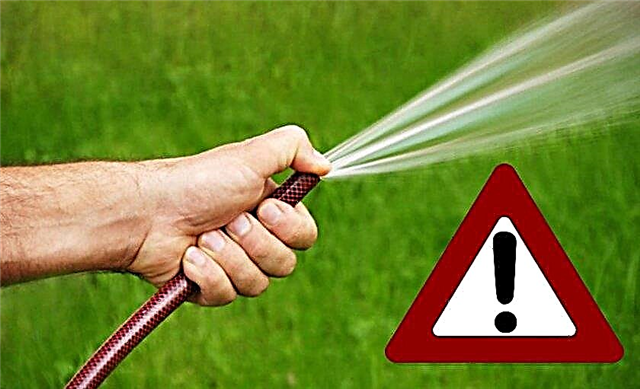
Drip irrigation
Convenient and economical method, which is most often used by summer residents. The advantage is in the automation of the system: after switching on at regular intervals, moisture enters the soil.
You can connect a flow meter that controls the amount of fluid spent, and a timer that turns off the flow. The system consists of hoses and tubes with valves, a cleaning filter and a control unit. The only drawback is that for cutting plants, a complex device must be assembled so as not to damage.
Sprinkling
Equipment for this method uniformly moisturizes the entire area. Sprinklers are named as they simulate natural rainfall. Gently water and clean the foliage from dust and dirt. The automatic complex is connected to a water supply system or reservoir, equipped with pipes and sprayers.
There are mobile and stationary system options. The manual option is simpler - this is a hose with a nozzle with small holes. It is convenient in small areas, because it is time consuming.
Intrasoil hydration
One of the most expensive and most effective methods. The fluid supply pipe system is located in the ground. The depth of placement is approximately 20-30 cm. After a certain interval in the pipes there are holes through which moisture flows directly to the roots of the grass.
Particularly good is the method for lawns located on a slope: water does not roll, but gets to its destination. In addition, the soil is saturated with oxygen, since the system does not destroy the near-ground air layer.
It’s not enough just to plant a lawn, you need to be able to properly care for it. Not the last role in the beauty of the lawn is played by watering, its depth, norm and frequency.

